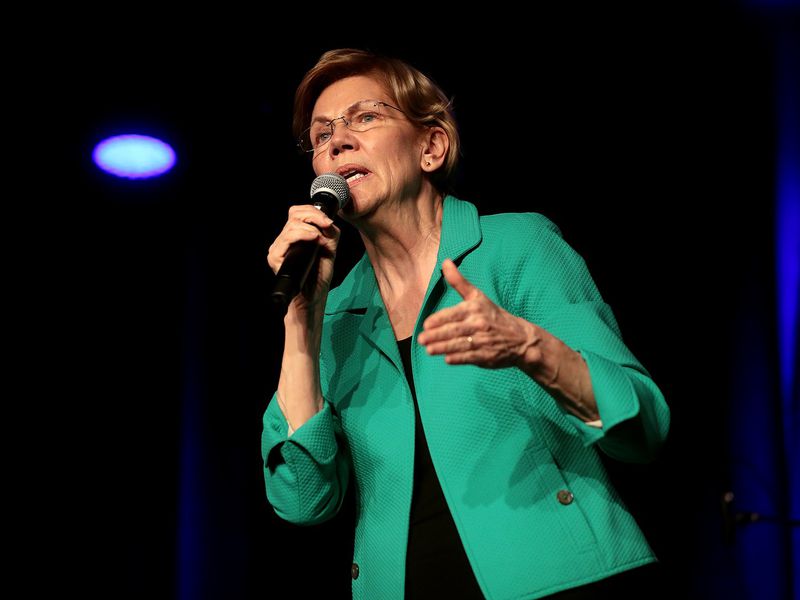The Crypto ‘Trichotomy’

Timothy Enneking is the founder and the primary principal of Digital Capital Management, LLC (DCM).
The crypto space ain’t what it used to be.
In the good old days when bitcoin was the only “cryptocurrency” around, life was much simpler. Then, a few other “currencies” came along, followed by ICOs and things rapidly got much more complex.
Somewhere along the line, folks started paying as much or more attention to the technology underlying bitcoin as to bitcoin itself. Distributed ledger technology (DLT) or the “blockchain” suddenly became household words (well, with slight exaggeration…).
In the roaring months of 2017, crypto pundits, analysts and funds developed various taxonomies of the rapidly diversifying crypto space: exchange tokens, utility tokens, payment tokens, asset-backed tokens, etc. (My personal favorite was Tetras Capital’s, but there were many.)
However, the blockchain and asset-backed tokens were still part and parcel of the crypto space. I believe that is no longer the case. In fact, I would argue that the crypto space has split into three different spaces (hence “trichotomy”) and that the term “crypto” no longer applies to all of them.
I label these three spaces “trading tokens,” “blockchain” and “asset-back tokens.” Except for the first, I realized that there’s nothing even vaguely innovative about the names. The most important takeaway is probably that the latter two (and certainly the last one) have nothing to do with what most people think of as “crypto.”
As for first, “trading token” is really a more accurate label for what most people refer to as “cryptocurrencies.”
The word “currency” was actually never really applicable to the technology. (In fact, I published an article on this very theme in July of 2017; “token” is much more appropriate. The word token is hardly new; it’s over 2,000 years old). We often forget where “token” came from in history: amusement parks, subways and, more recently, token rings, LANs, etc.
In IT, a “token” is basically an information packet which is optimized for transfer between computers. If someone feels (hopes) that the data packet has exogenous value, that person may try to sell it.
Others may feel a given token has no such value – even in an identical sector. (So, tZERO tries to sell its near-real-time trade settlement token, but NASDAQ does not.) Hence, the ICO was born. (For more on this topic, in particular on external drivers of price formation, see an article I wrote on that subject).
Of course, whether a crypto token is traded externally or not, it still relies on the blockchain (or a blockchain) or generally similar protocol consensus algorithm. Regardless, these mechanisms all record tokens’ existence, movements and changes. However, the growing percentage of blockchain projects (the largest of which may be the IBM-Maersk effort) do not rely on trading tokens.
This means that they have not identified an independent driver of price formation (among other things) for their token, but readily acknowledge the manifold advantages of the trust and reliability of DLT (blockchain) technology.
Because of this, most DLT investments must be made in seed/VC/PE (“early stage equity”) form, not in the form of trading tokens. This change radically affects the structure of, investment in and returns from (in terms of type, timing and amount) “ICO” (now “STO” or Security Token Offerings – and even the newer IEO or Initial Exchange Offering) v. “blockchain” projects.
So radically in fact, that the DLT/blockchain space is essentially totally separate from the trading token space. It’s the second prong of our crypto “trichotomy”. (And note that “crypto” no longer even really applies to this second space.)
The third space is asset-backed tokens.
This space is quite interesting because, in reality, tokenization is simply another form of securitization which has no inherent relationship to “crypto” per se. One could have tokenized (“atomized”) ownership in this fashion at any time in
the past and done so without the blockchain. The constraints weren’t legal – and, in fact, there might have been few or no constraints other than cost – but DLT certainly makes it easier and more viable.
Now we come to the truly interesting part: scale.
It seems quite clear that trading tokens will reach an aggregate value of single-digit trillions (in US dollars). In December of 2017, the total trading token space (as measured by market capitalization) reached about 80% of that level. It will probably reach it in 2020 or thereabouts. I have my doubts that it will ever (and if so, not soon), reach 11 digits (US$10 trillion or more).
The blockchain, however, seems destined to easily reach double-digit trillions in value. If one simply looks at the value of logistics chains being put on the blockchain, one reaches well over half of that value. The provenance of virtually every asset where determining provenance is important (from diamonds and art to wine and all types of collectibles) will easily put one over the top.
Adding financial transactions to the mix blows through 11 digits quite easily. Triple-digit trillions may be possible but, again, not any time soon, if ever.
Asset-back tokens – which, as you may recall, used to be a single, rather orphaned category of cryptocurrencies (orphaned because their value was actually tied to something while the value of other ICOs and tokens seemed to limited only by human imagination and foolishness) – may actually end up being the large of the three branches, easily reaching triple-digit trillions.
Real estate alone, much of which seems to be destined for the blockchain, hits that value. If a material portion of financial assets (securities of all types) come tokenized, it’s a no-brainer to reach 12 digits. And notice that one can discuss asset-backed tokens without ever once using the word “crypto.”
The child will clearly outgrow its parent.
The one potential flaw in the analysis is the potential for double counting between the second and third categories. Title to real estate (and probably all real estate) will almost certainly be recorded on the blockchain. Much (but not all) of it may also be tokenized. If we count the value of real estate in both categories, the second will, perforce, exceed the first.
In the end, it doesn’t really matter how the taxonomy is specifically developed, the main point is the same: “crypto” has already given rise to technology and concepts that are much bigger than “cryptocurrencies” ever were and it is probably impossible to overestimate the importance that the blockchain and the tokenization of real assets will have on our world – any negative connotation which “crypto” has picked up recently be damned.
Three crowns image via Shutterstock










